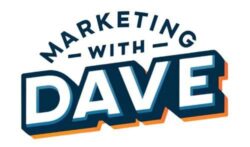15 Essential Net Promoter Score (NPS) Best Practices for Valid and Actionable Results
To ensure your Net Promoter Score (NPS) process is valid, reliable, and capable of withstanding external stakeholder scrutiny, follow these best practices outlined by Fred
